I'm facing a problem regarding "partitioning"/subsetting polygons into regions (bigger polygons) so that each region should have disjoint meaningful elements.

For example, we have the following regions/polygons. At a given time, we know only the form of one region (let's say R1 for now).
It is clear that L3 would belong to R1.
How about L1, L2 and P1?
I thought about creating bounding boxes around them and check if the South-East coordinate( minX and minY) belongs to R1.
In this way L1 would belong to R2, even though it doesn't even crosses R2.
Do you have any concrete idea what I should look into for these sort of algorithms or how to solve this space separation problem?